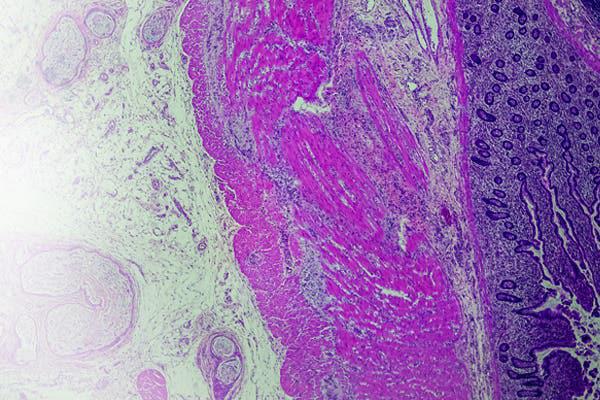
PRIME® Online Activity - Advancing Achondroplasia Care: Best Diagnostic Practices, Latest Clinical Evidence, and Long-Term Management Essentials
Intended Audience: Pediatricians, orthopedists/orthopedic surgeons, endocrinologists, including metabolic bone specialists, geneticists, and their teams of NPs, PAs, pharmacists, and nurses Despite being considered a rare disorder, achondroplasia (ACH) is the most common skeletal dysplasia, accounting for ~90% of cases of disproportionate stature. With recent updates to the International Consensus Statement on the diagnosis and lifelong care of individuals with ACH, as well as an evolving therap





















